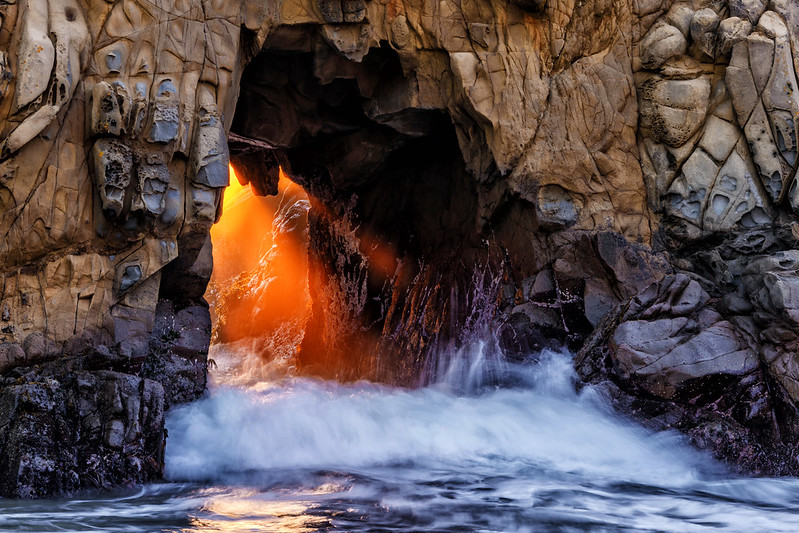mr peabody
Bluelight Crew

Could psilocybin or other seratonergic 5-HT agonists replace migraine medications like Rizatriptan?
I used to have migraines that would not go away for a 5-7 days at a time, and would happen once every few months. I used to often get headaches that were not as painful as a migraine.
In my particular case, the migraines I had were only ever in one side of my head, which the migraine would pick at random.
For those of you who are unaware of what a migraine is, or have heard the term but are unsure of its true nature, lets take a peek into what a migraine is.
Migraine Headache Symptoms, Relief, Auras, Types & Medications also details the nature of migraine headaches.
What is a migraine headache?
A lot of people use the term migraine to mean any kind of severe headache. A migraine is a the result of specific neurological changes within the brain. These changes lead to the pain felt with migraine headaches.
Migraines are exacerbated by sound, light, sometimes smell. Nausea and vomiting are not uncommon. Sometimes migraines involve only one side of the head. Migraines can be described as throbbing and pounding headaches which are made worse by sensitivity to light and sound. The Migraine Research Foundation has written a illuminating piece here.
In my personal experience, microdosing psychedelics of a particular kind keep migraines at bay, and like prescription medication, can even break the most painful migraines in a matter of hours. The cause of migraines is yet to be understood.
Microdosing psychedelics (psilocybin and LSD)
Sub-perceptual doses of psychedelics seem to keep migraines at bay.
My father is a psychiatrist. Once when I had a migraine which lasted for a week. I asked my father for something which might help. He informed me of Rezatriptan. When I heard the name, something clicked in my mind. Triptan? Interesting. After taking the Rezatriptan, the migraine was gone in about an hour, never to return again, yet. This intrigued me so much so that I started to do a detailed analysis of the pharmacology of the drug and noticed something peculiar. The molecular structure of Rezatriptan is rather similar and almost identical to Serotonin, Psilocybin, Psilocin, DMT, LSD etc. (LSD contains the moiety of both Dopamine and Serotonin).
More here: Microdosing Psychedelic Mushrooms and Migraines
Migraine medications compared to psychedelics
According to Wikipedia, Rizatriptan was sold as Maxalt, which is a 5-HT1 receptor agonist. Rizatriptan is an FDA-approved drug to treat migraines and cluster headaches.
Psilocybin which is dephosphorylated to psilocin is a partial agonist for many serotonergic receptors. Psilocin is known to bind to 5-HT1A, 5-HT1D, and 5-HT2C.
Rizatriptan and Psilocin both agonize 5-HT1D at blood vessels and nerve endings in the brain. The molecular structure of Rizatriptan, Triptans (family), and psychedelic tryptamines is very similar:
Serotonin is a monoamine neurotransmitter which regulates many primary functions in the brain and gastric system. Serotonin is associated with mood regulation, sleeping, and digestive health. Serotonin is closely related to adequate functioning of the mind and body.
Psilocin or 4-Hydroxy-N,N-dimethyltryptamine is the metabolite of Psilocybin (the active chemical in magic mushrooms). Psilocin is a seratonergic agonist and binds to 5HT receptors.
The paper Psychoactive substances as a last resort, a qualitative study of self-treatment of migraine and cluster headaches, goes further into psychedelic treatment.
Rizatriptan is said to work by narrowing blood vessels in the brain, stopping pain signals from being sent to the brain, and blocking the release of certain natural substances that cause pain, nausea, and other symptoms of migraine.?
Here is a study published by the American Academy of Neurology about a Response of cluster headache to psilocybin and LSD.
The authors interviewed 53 cluster headache patients who had used psilocybin or lysergic acid diethylamide (LSD) to treat their condition. Twenty-two of 26 psilocybin users reported that psilocybin aborted attacks; 25 of 48 psilocybin users and 7 of 8 LSD users reported cluster period termination; 18 of 19 psilocybin users and 4 of 5 LSD users reported remission period extension. Research on the effects of psilocybin and LSD on cluster headache may be warranted.
https://www.psychedelicsdaily.com/blog/could-psychedelics-be-the-cure-for-migraines/
-----
I suffered from severe monthly migraines for over 20 years that often resulted in hospital visits. I consulted with my doctor to wean me off of my meds before taking ibogaine. My doctor was skeptical, but also willing to guide me through the process. Then came one of the most amazing experiences of my life. On the first day my headaches were severe, but I was helped to work through the deep-rooted issues causing them during the week. I was also taken to a place where I dealt with a lifetime of depression in a very short amount of time. Today, almost 10 years later, I'm off all medications and I've had only had 2 headaches. This is an amazing medicine that I highly recommend if you are willing to let go and do the work.
-anon
-----
LSD and cluster headaches
by Reilly Capps
Three years ago, when Patrick Hall was 49, he put a revolver to his head and pulled the trigger.
Hall suffers from cluster headaches. They're also called suicide headaches because the elected death rate among sufferers is 20x the average. Trying to stay alive, Hall had tried virtually
every legal medicine for the headaches including sumatriptan, lidocaine, verapamil, corticosteroids, lithium, morphine and others. Finally, he'd had enough.
The gun, though, jammed. He slumped to the ground, overcome with grief, fear and shame.
Today, Hall is alive, sitting at a table in a wing joint in a strip mall on the edge of Denver, where a bustling server delivers more chips and salsa, and a Rams football game plays on the TV overhead.
As he tells the story of his suicide attempt, his eyes fill with tears. He hugs himself as his body shakes. He has a hard time getting the words out. What saved him? This medicine, he says.
And he pulls, from his inside jacket pocket, a blue glass vial full of a clear liquid that sloshes when shaken. He hands it across the table. LSD, he says. LSD really helps.
Hall takes LSD about once every two or three months, putting on his tongue a standard dose of about 125 micrograms. It's given him his most pain-free year in the 31 years hes had the headaches.
A 2006 study shows that LSD and psilocybin breaks cluster headaches better than anything else. The next best treatment is a pharmaceutical, prednisone, which keeps cluster headaches away 45 percent of the time. LSD did so 88 percent of the time in the study.
http://www.therooster.com/blog/im-ti...lth-depends-it
Last edited:








